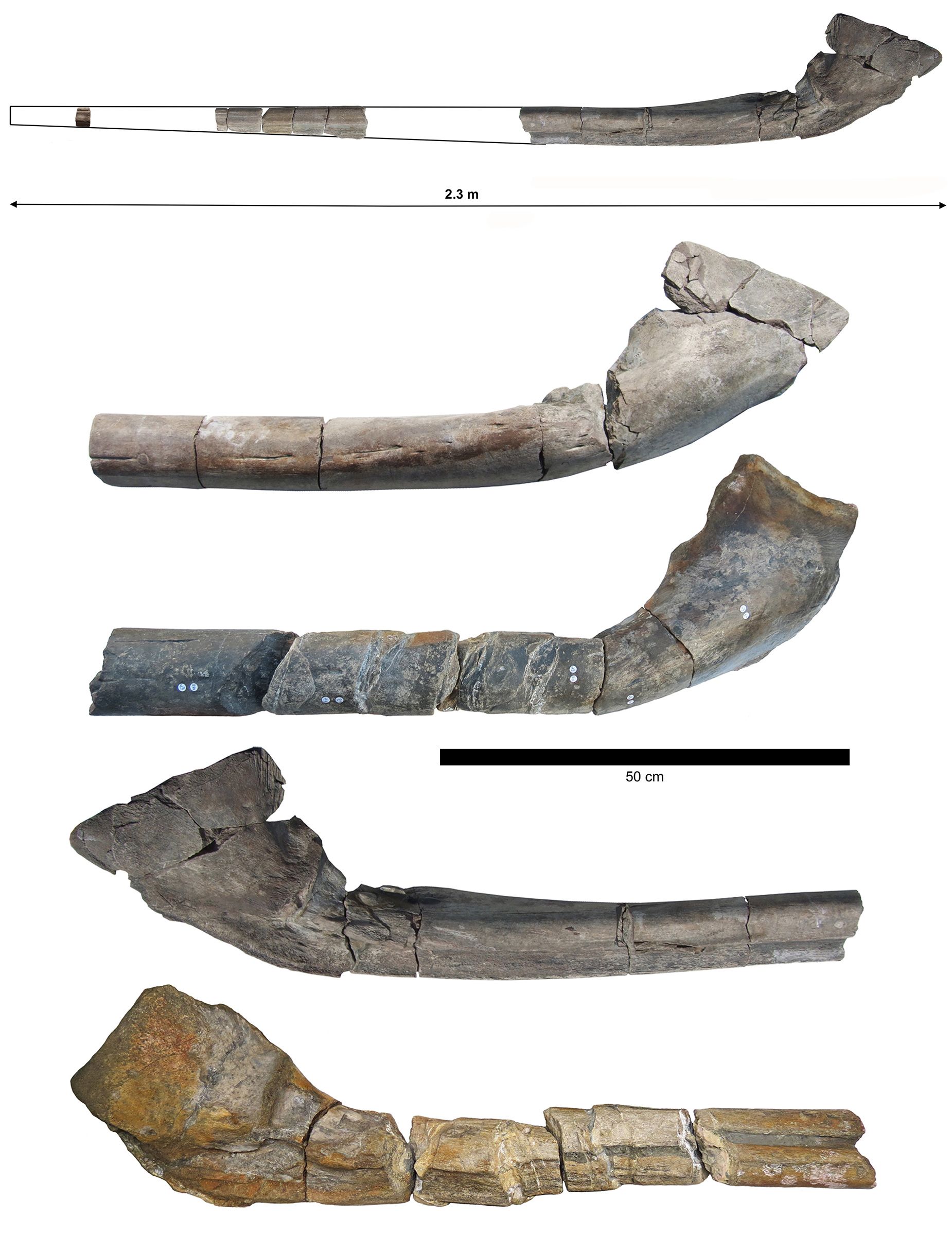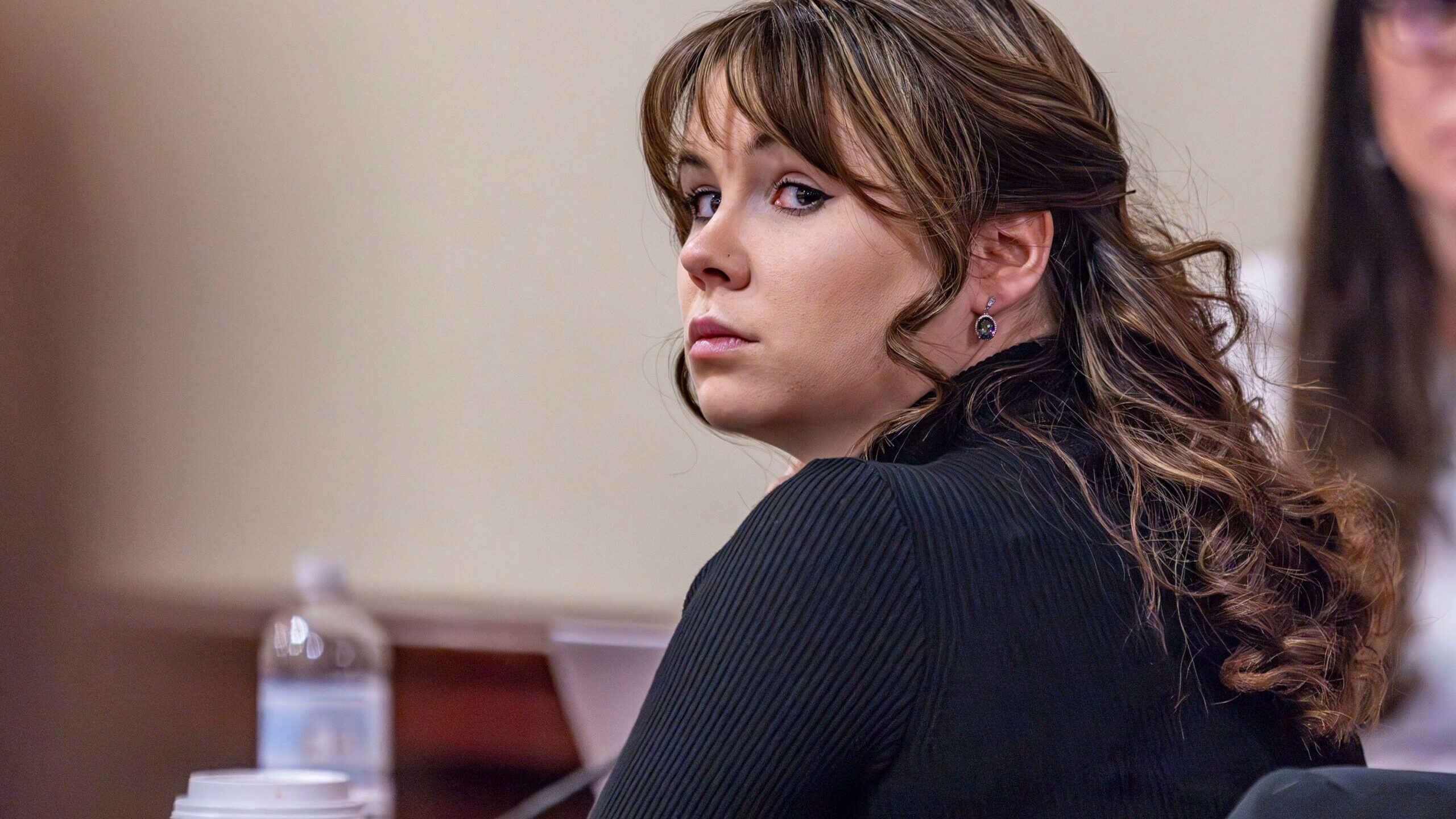Why hard feelings are good for teens
Feb 20, 2023, 10:30 AM

Parents may worry, but experiencing mental distress is part of how teens grow and mature. (fizkes/Adobe Stock/CNN)
(fizkes/Adobe Stock/CNN)
(CNN) — For many parents, the “Is it normal?” game begins early on. I’ve sent question after question to family and friends, and of course, all worried parents ask our No. 1 frenemy, Google.
Is it normal my fetus isn’t moving a lot in the morning? Is it normal my baby doesn’t nap? Is it normal that my 6-year-old can’t read? Is it normal that my 10-year-old has only lost four baby teeth?
For all the talk of helicopter parents and their snowflake children, most parents I know are more concerned with whether their child’s development would be considered normal by experts than whether they are raising a prodigy.
When the teen years arrive, the “Is it normal?” instinct can go into overdrive. Adolescence is marked by many changes, including ones that manifest physically and, their more challenging counterpart, ones that manifest emotionally. The moods and deep feelings are intense, and — for parents worried about teen mental health following the pandemic — cause for panic amid reports of heightened depression and anxiety among adolescents.
But difficult feelings are often not a cause for concern, according to psychologist Lisa Damour in her new book, “The Emotional Lives of Teenagers: Raising Connected, Capable, and Compassionate Adolescents.” Not only are sadness and worrying healthy and natural parts of being a teenager, but the ability to experience these feelings (without a parent panicking) and to learn how to cope with them is developmentally necessary.
CNN spoke to Damour about why we’ve become less tolerant of big feelings, how to handle them when they arise, and the ways parents can, and can’t, help.
This conversation has been edited and condensed for clarity.
CNN: You want to help parents distinguish between a teen in a mental health crisis, which is more common now, and a teen who is sad and moody but not in crisis. Why is this important?
Lisa Damour: We certainly have a teen mental health crisis, and part of what contributes to the crisis isn’t just that teenagers suffered in the pandemic but also that we don’t have a clinical workforce to provide as much care as they deserve.
But not all kids who are in psychological distress are having a mental health concern. Psychologists see those as two different things, and though it is uncomfortable for all involved, typical adolescent development comes with plenty of psychological distress. My aim in writing this book was to support parents in knowing the difference between distress that is natural to being a teenager and when a teenager may be facing a mental health concern.
CNN: How do you know the difference?
Damour: Psychologists fully expect to see distress in humans, and especially in teenage humans. When we become disturbed is by how that distress is managed. We want to see that teens can manage distress in a way that does no harm to themselves or others. This might include talking about feelings with people who care for them, finding healthy outlets for the distress and seeking habits that help them find relief.
What we don’t want to see is for them to find relief through something that comes with a price tag, things like using a substance or harming others.
The other time we become concerned is when one emotion is calling all the shots, like when they are so anxious that their anxiety is governing all their decisions, or so sad that depression is getting in the way of their typically forward development.
CNN: Why is it so hard for parents to see hard feelings, including sadness and anxiety, as part of a healthy adolescence?
Damour: There is a lot of commercial marketing around wellness that can give people the impression that they are only mentally healthy or their kids are mentally healthy if they are feeling good, calm or relaxed. This is not an accurate definition of mental health.
Also, in the wake of the pandemic, what I am observing is that parents saw their kids go through an extremely hard time and are now surrounded by headlines about the ways in which teenagers especially suffered. It makes sense that parents are feeling more anxious than ever about their teenagers experiencing emotional distress.
In light of what we have all been through, and what our kids have been through, it can be very hard to get used to the idea that distress can be a sign of a teenager’s mental health. If a boy gets his heart broken and is very sad and he is in a lot of pain, it is proof that he is working just as he should. If a kid is unprepared for a test and it’s coming fast, and she feels anxious — that’s uncomfortable but appropriate.
One of the aims of this book is to prove that mental distress is not only inevitable — it is part of mental health and experiencing it is part of how kids grow and mature.
CNN: Many of us feel permanently short on time. How does that impact how we tend to our teens’ emotional distress?
Damour: As much as we can appreciate theoretically that teenagers are going to get upset and have bad days, that doesn’t mean that this is easy to deal with at night when the parent is tired, and the teenager is having a meltdown. In that moment, the very expectable and well-meaning response is for the parent to want to make the stress go away and jump into advice giving and problem-solving so that the teenager doesn’t feel that way anymore. But parents discover that this doesn’t work as well as they hope it will.
CNN: You point to deep listening as a better approach, which is often not as easy as it may sound. What is it?
Damour: The metaphor I find that helps us listen is to imagine that you are an editor and your teenager is your reporter. They are reading you an article, and when they come to the end of it, it is your job to produce the headline.
This exercise helps us tune in to what a teenager is saying and hear and distill what it is they are communicating. It also keeps us from doing what we so often do, which is have an idea and wait for the kids to pause so we can share it.
If you come up with a good headline, teenagers often feel completely heard and get all the support they need. And even if you don’t, teenagers know us well and know when we are listening and giving them support without an agenda and trying to understand what they are really saying.
What helps with anyone experiencing difficulty, but especially teenagers, is to experience compassion. It is such a generous gesture to just hear someone out.
CNN: Does all emotional processing need to be verbal?
Damour: There are many other healthy ways kids regulate emotions besides talking. Listening to mood-matching music is a very adaptive way to regulate as the experience of listening to the music catalyzes the emotion out of them. Teenagers also discharge emotions physically — by going through a run, jumping on a trampoline or banging on drums. Sometimes they will discharge them through creative channels like drawing or making music.
As adults, we should not diminish the value of emotional expression that brings relief, even if it doesn’t come in the verbal form to which we are most accustomed.
CNN: Should parents ask to join in? To listen to the music with them or go on the run?
Damour: No, because what we ultimately want is for our teens to become autonomous in dealing with their hard feelings.













